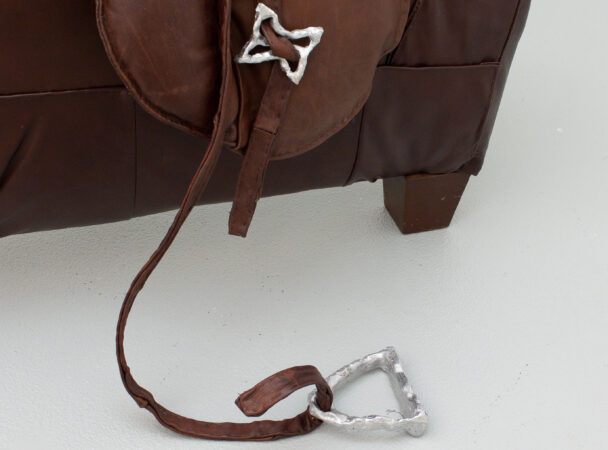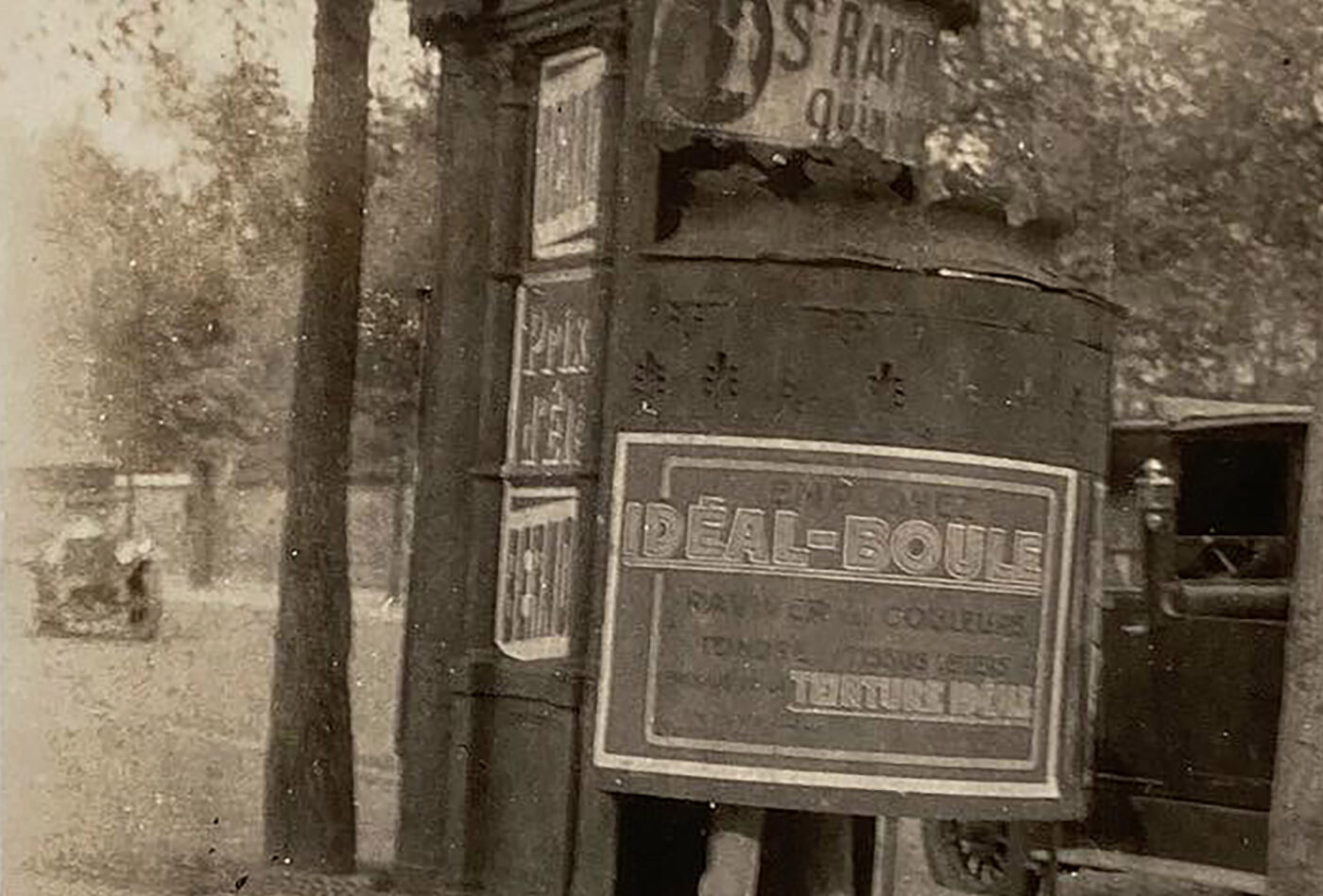
Théo Bignon
Double entendre
05.23–06.22.2024
Room 1
05.23–06.22.2024
Room 1

Artist
Théo Bignon
Defiantly, public sex breaks norms and laws, offering to its participants an encounter with desire and connection. It is a queer activity, one which has historically been a lifeline for those who find their sexualities, lives, and loves to be policed, denied or erased. Cruising and other forms of public or semi-public sex are forms of mutinous accord that remind people they are not alone and that possibility is actual. Such moments of sharing desire are made in places that vex detection.
Théo Bignon’s works confront the difficulty of visualizing these spaces, these moments. Spaces for public sex and chance encounters are organized around vision — around seeing, glancing, being seen, and being seen to look back. The park, the glade, or the pissoir becomes a cruising ground when it offers protection from vision. The club, often painted black so as to disappear and engulf in low light, also offers cover — as anyone knows who has been in the bar when the lights are turned on at the end of the night. That is why these places are so hard to represent visually; they deflect that scrutiny. Bignon, however, reconstructs from memory these spaces charted through chance glimpses, shrouded reaches, and lingering gazes. Building the image from his recollections of being in the space with others, he represents the places of erotic connection as a material labor of love. In the slow, meticulous, and history-laden medium of embroidery, Bignon carves these spaces back — each line, each form is hard-won, made thread by thread.
The paradox of the chance moment recreated in the slowness of embroidery is something Bignon embraces with this work. The time committed to that craft is an act of affection and care, trying to honor that moment when potential becomes actual and when desire was acted upon. These spaces are simple — four black walls or an overgrown hedge — but they make so much possible. Bignon observes and participates in these architectures in which the smallest inflection of a space becomes an invitation to come together. In this installation, he playfully recreates such refuges, demonstrating how the simplest divider becomes an occasion for concord. These, too, bear the traces of other dances. With thread and sequins, Bignon outlines the marks that have been flung out from passion. Such hardened traces on the walls and dividers are testaments that others have been intertwined here before. This evidence of possibility is worth treasuring, Bignon reminds us. His delicate and determined embroideries hold their memories close, celebrating the fragile conditions in which desire finds its momentary home.
— David J. Getsy

